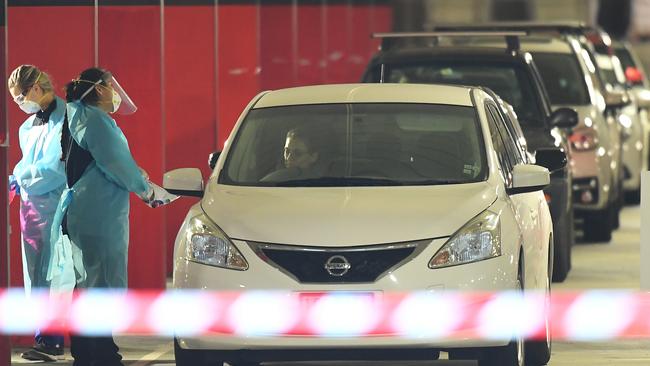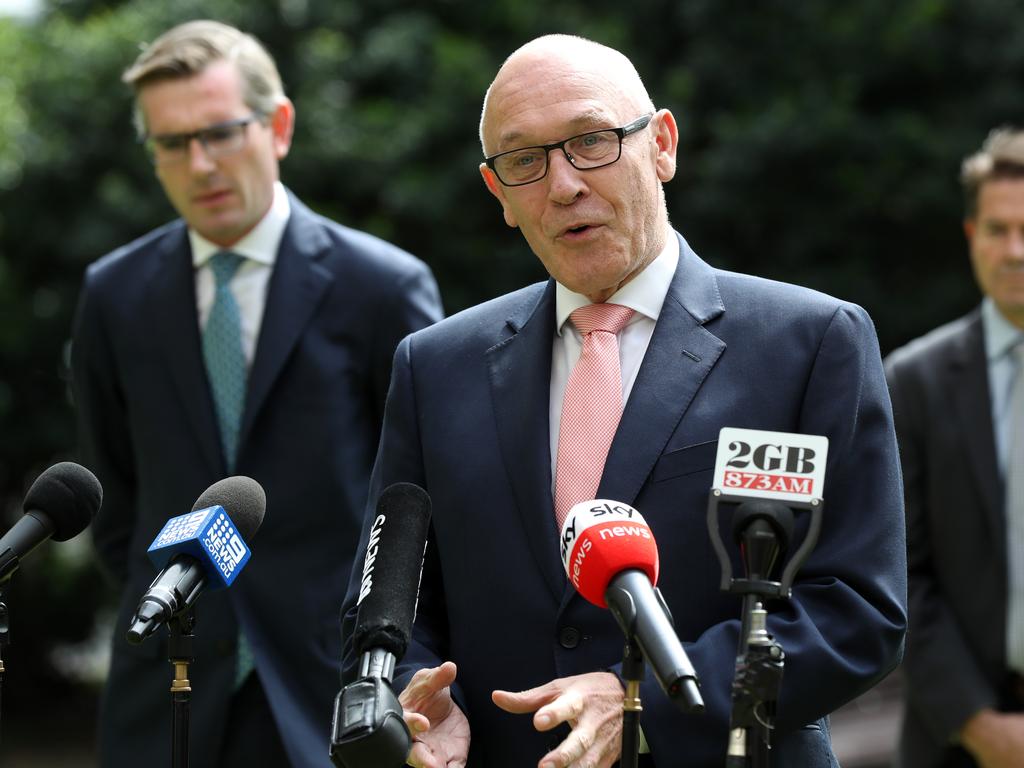
Behind the scenes, the government is spooked by the challenges, modelling worst case scenarios that are ugly.
This is a national problem, not a Victoria-only problem.
The double digit growth in infections is striking in complex communities, with ethnic groups attributing most of the new cases to the relaxation of the restrictions that have occurred in recent weeks.
Health experts are widely acknowledging that there is less than a month for the Victorian government to get on top of the virus’s spread, largely in Melbourne’s outer suburbs to the northwest and to the southeast.
The hit on the sclerotic Australian economy would be significant if large parts of the city were forced back into a hard lockdown.
The LGA maps show that the transmissions are spreading closer to the city and other areas are starting to show worrying signs.
It is important that governments can keep this breakout in context because it was always going to be the case that the virus would reappear in some form.
It is a suppression strategy, not elimination.
The question is how to contain that spread sufficiently to prevent a second wave of infections.
Would hard lockdowns in the affected areas, no doubt bringing in the police and all sorts of other measures, be enough to stop the spread?
Or have Victorians pretty much had enough of lockdowns and are ready to take the punt on the killer virus?
There is no doubt that Daniel Andrews will have a difficult time if he needs to put the genie back into the bottle and force people back inside.
After three months of it, it has felt like death by a thousand decrees.
Andrews’ problem in containing the community will be the many mixed messages that his government has already sent.
First with the extent of the lockdown, which took away commonsense as a valuable tool for ordinary people.
While experts seem to be suggesting that any lockdowns might start in the worst-affected LGAs, there is a broader issue happening in society.
Almost from the moment that restrictions were being relaxed, the community started to lose the plot.
Less social distancing, more unnecessary movements, more retail therapy and more trips to coffee shops.
The roads have started to clog and people seemed to think that going to a large-scale protest march was a good idea.
These factors combine to make any second lockdown more complicated than the first, exacerbating the economic impact and raising doubts about whether it can be enforced.








Melbourne is dangerously close to a second hard lockdown as the virus spreads across more than 20 per cent of the city’s population.